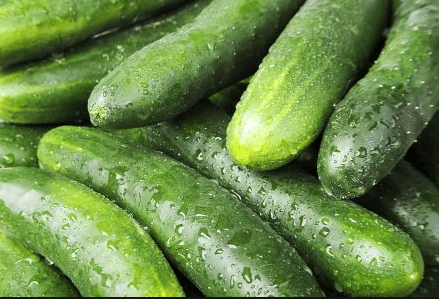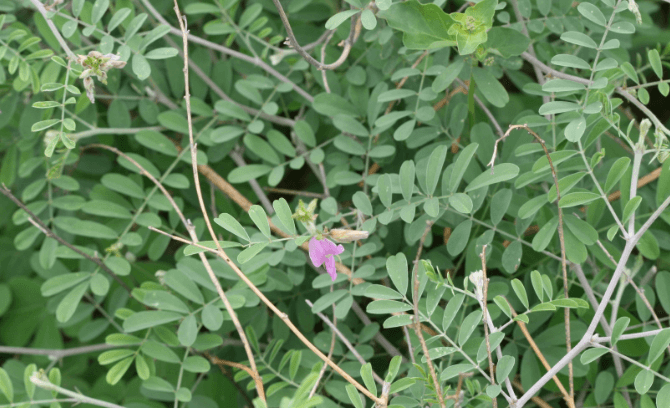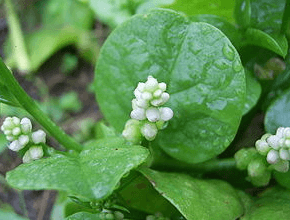Bay Tree-(Laurus nobilis) Lauraceae Perennial

The noble bay tree is native to the Mediterranean countries and grows to a height of at least 11 m (40ft) in good quality soil in a n open, sunny position. The pungent leaves flavour certain foods. Both leaves and berries yield and oil which has many uses in herbal medicine propagation is by sowing seed or by taking cuttings in spring. Cuttings are a more satisfactory way of increasing stock because the seeds do not germinate easily. In companion planting, the aromatic quality of the tree enlivens the essences of plants growing in the vicinity. The tree sends up many suckers and one would imagine that this would be a quick and easy way of propagation; however these suckers do not have roots of their own as they are joined to the parent tree and it is wise to cut them off at ground level before they become too tall.
Bay trees are sometimes affected by a disease called white wax scale which can be treated effectively in the early stages. While the tree is small, use a clean bag to rub the leaves with a mild solution of detergent and water. If the tree is too large to go over it leaf by leaf, stray it well all over and under the foliage with white oil (which is not harmful) starting in late spring when the pest which causes the scale begins to be active, and continue this treatment methodically once a month until late summer.
The tree blooms in mid to late spring, and bees love the intensely scented, nectar- filled puffballs of golden flowers.
There are abundant historical associations connected with the bay laurel. In ancient Greece and Rome the leaves were fashioned into chaplets to honour outstanding sportsmen, men of letters, and the bravest of soldiers. The tradition is carried on to this day in that the leaves are incorporated into the design of Royal Air Force badges… little do we realize how ancient and significant are many of today’s symbols!
In Culpeper’s astrology concerning the bay he says: “It is a tree of the Sun and under the celestial sign of Leo, and resisteth witchcraft very patently, as also all the evils old Saturn can do the body of man, and they are not a few”.
Uses:
Culinary – Bay leaves are widely used in cooking and comprise part of a “bouquet garni” or posy of savoury herbs which include parsley, marjoram and thyme; sometimes a few peppercorns and a stalk of celery are added. These are all tied together so that they can be removed later. A bouquet garni may also be dried first, crushed finely and put into small muslin bags so that the flavour is imparted during long, slow cooking and then the bag is removed at the last minute.
A dried, crushed bouquet garni is also available loose, and long cooking softens all the herbs which amalagamate into the juices of the dish. Fresh or dried whole bay leaves may be used on their own during baking or steaming, and also flavour sauces, marinades and terrines.
Medicinal- the leaves and berries yield a volatile oil by distillation. When prescribed by a qualified herbalist, the oil has properties which are beneficial for treating rheumatic complaints, hysteria, flatulence, and as an aid to digestion. It was said that the oil relived earache when administered in drops. A beneficial weak tea may be made with the fresh or dried leaves, externally, oil of bay is used to ease the pain of sprains and bruises. One writer with insight into the more functions of the sweet bay laurel are directed to the head and nerves and to the consciousness, and that through the process of nutrition, symbolically crown the head with the forces of light.





